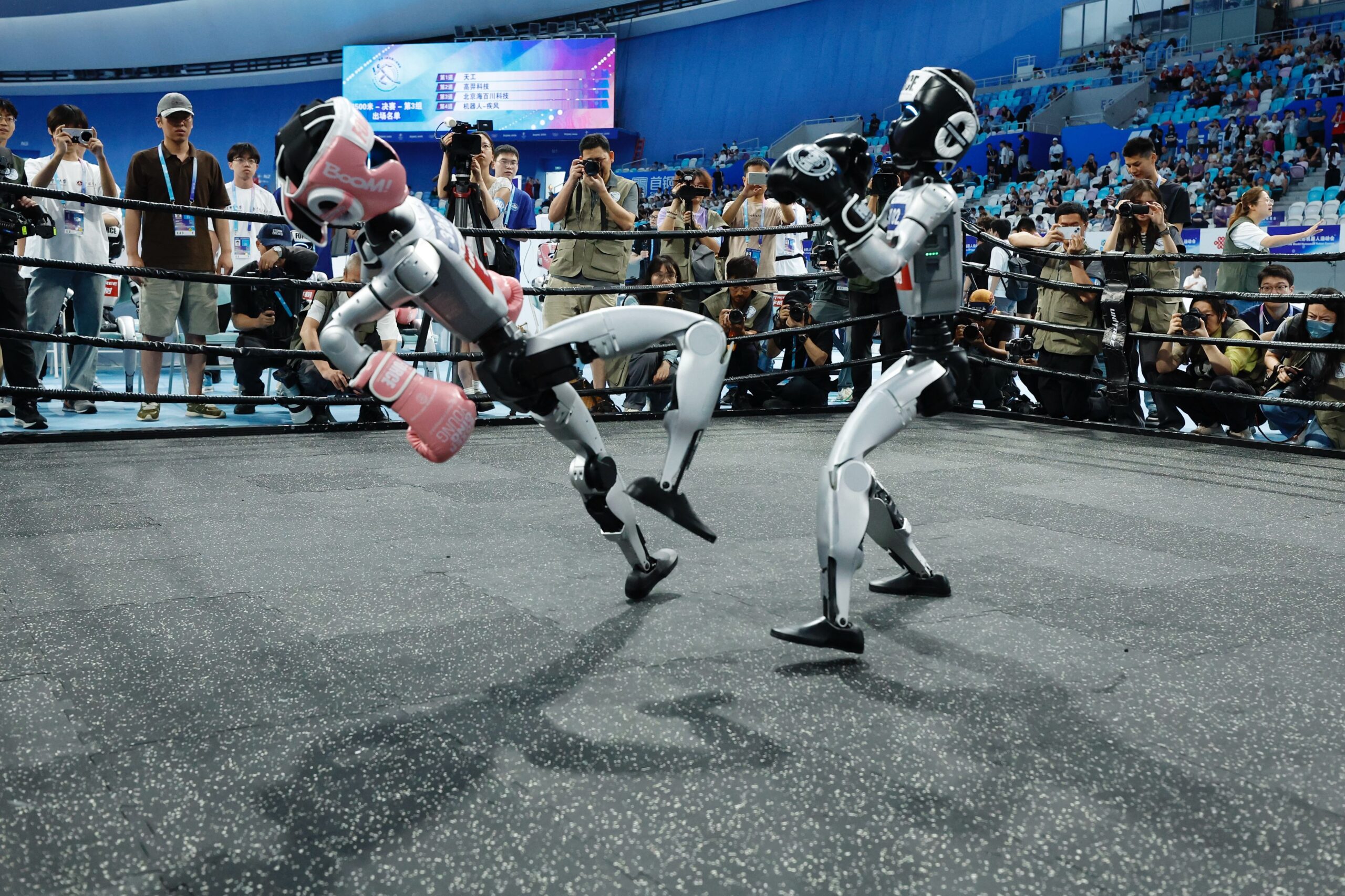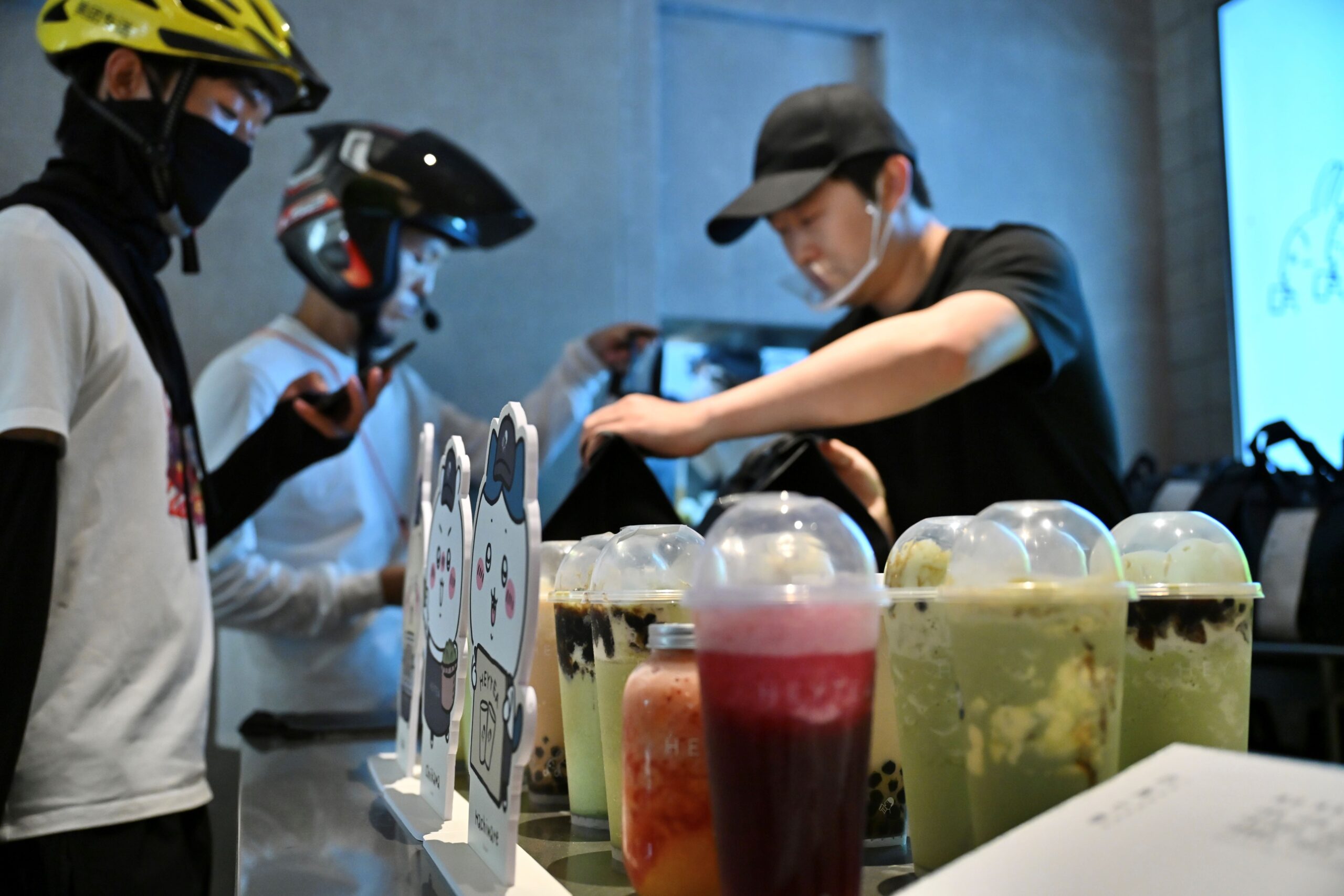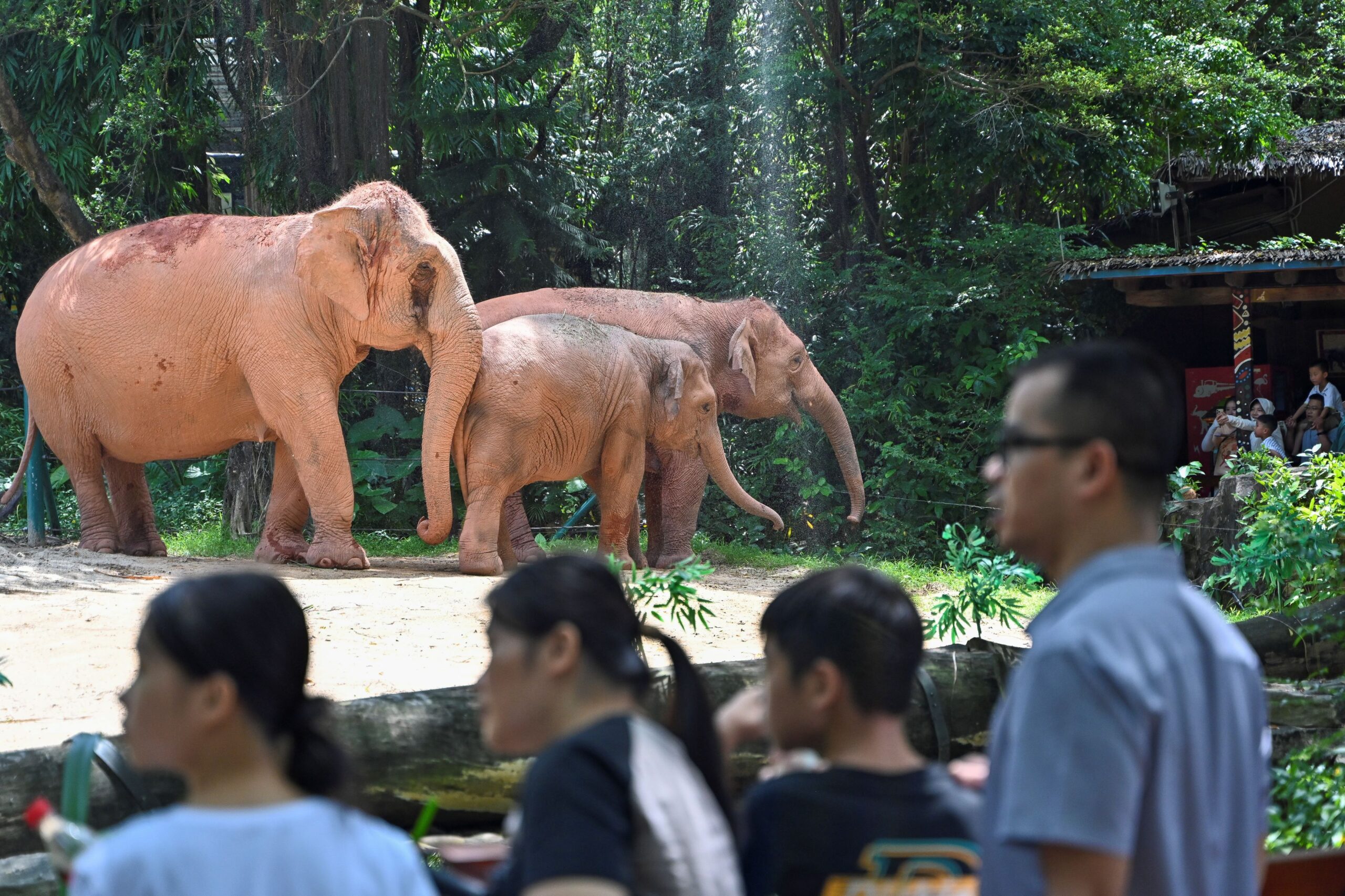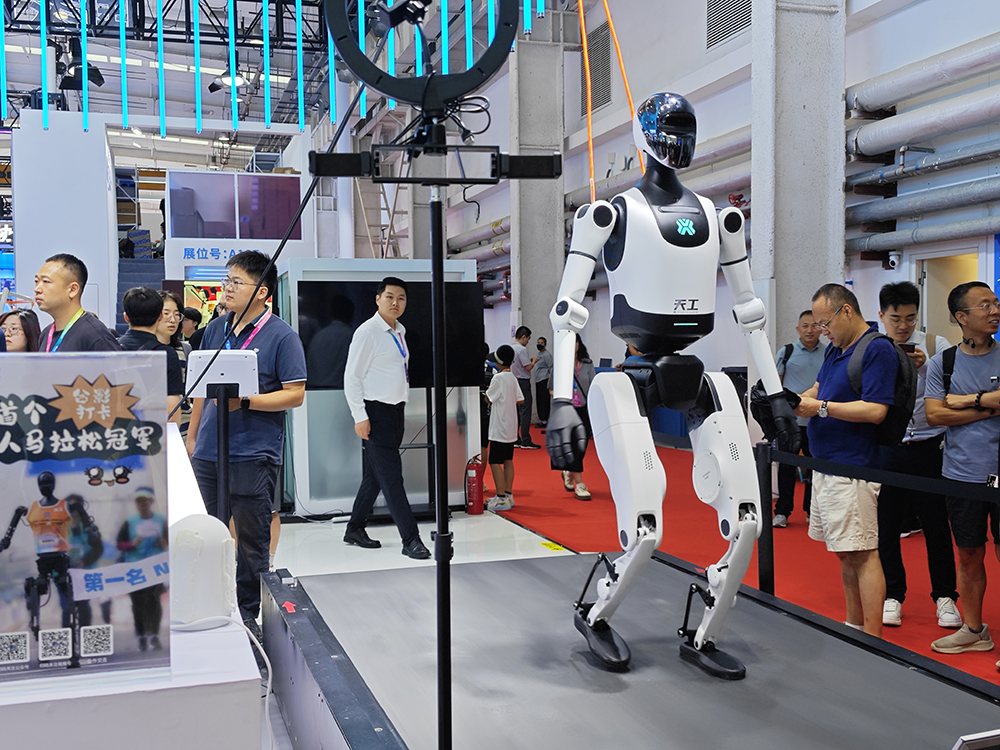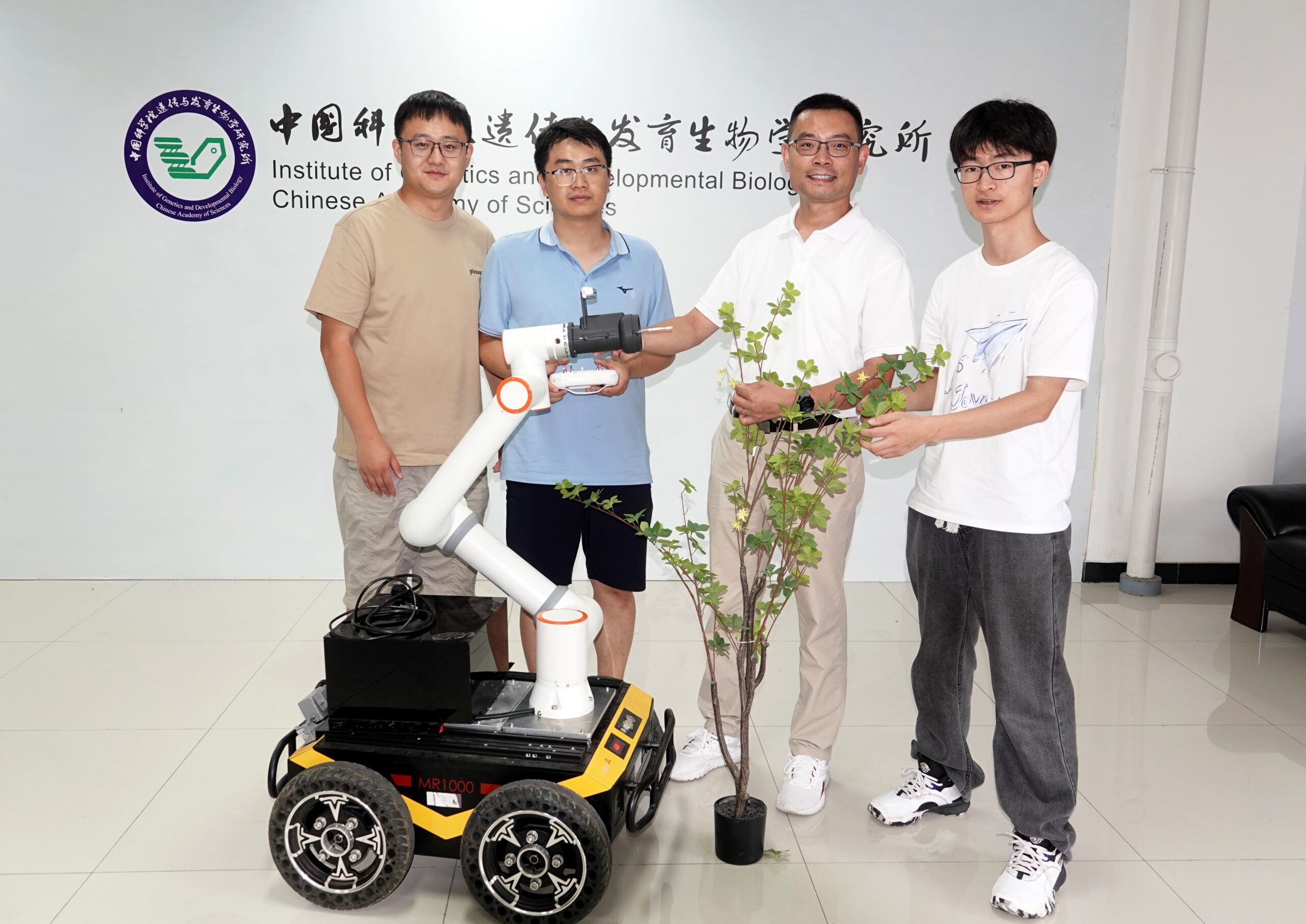Recently, the 9th World Conference on Sinology was held in Shenzhen with the theme of ‘Understanding China: Sinological Research in the Age of Artificial Intelligence’. Co-hosted by the Centre for Sino-Foreign Language Exchange and Cooperation of the Ministry of Education and Renmin University of China, the conference brought together nearly 200 sinologists from more than 50 countries and regions to discuss the innovative development of sinology in the era of artificial intelligence.
During the conference, Nicolas Standaert, Professor of Sinology at the University of Leuven and member of the Royal Academy of Sciences of Belgium, was interviewed by East Meets West, focusing on the philosophical proposition of ‘the encounter between the self and the other’, and explaining the historical logic and contemporary path of Sino-European cultural exchanges in the context of his practice in the fields of Chinese-Western cultural interaction, documentary archaeology and digitisation.
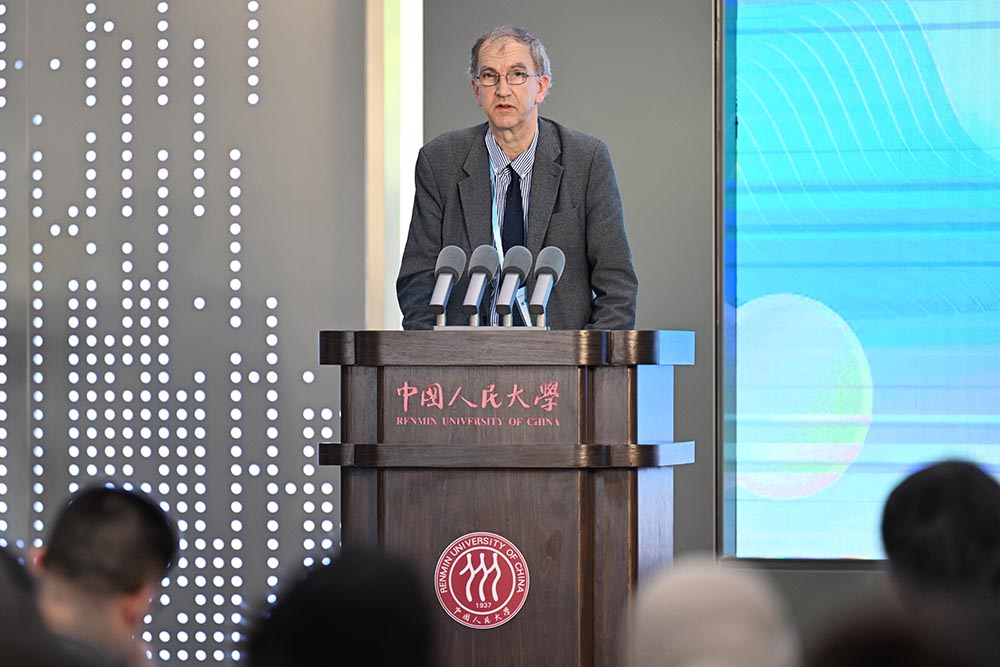
Nicolas Standaert is a professor at the Department of Sinology of the University of Leuven, Belgium, and a member of the Royal Belgian Academy of Sciences. He is mainly engaged in research on the history of cultural exchange between China and Europe in the late Ming and early Qing dynasties.
You focus on cultural exchanges between China and the West, and suggest that ‘people become people through their encounters with the other and the communication that follows’. How do you understand the history and reality of cultural exchanges between China and Europe with this?
This statement stems from a philosophical premise. Some philosophers have pointed out that the identity of the self is shaped by the Other, and that what makes a human being a human being is the encounter with the Other and the communication that ensues. Without the Other, there is no self, and this is what is meant by ‘making the self out of the other’.
To explain this, I use an example from the history of photography as an analogy. In the past, people have relied on others to tell them when to smile and how to pose, and then recognised themselves through photographs taken by others. About 15 years ago, someone invented the ‘selfie’ technique. While it has many advantages, it also creates the illusion that people no longer need to be photographed by ‘others’. The essential feature of photography is to recognise one’s own identity in terms of the other.
Similarly, the process of shaping the self by others requires an ‘interaction’ and ‘in-betweenness’. The notion of inter is essential to all encounters. For example, the Chinese expressions ‘time’, ‘space’ and “earth” all carry the connotation of ‘inter’.
The interpersonal relationships I have explored here apply equally to the intercultural relationships between Europe and China. Writing the history of a culture should not focus only on itself, but also on the interaction of that culture with other cultures.
The history of interculturality, and indeed all history, is essentially the history of encounters between the self and the other. The interaction between subject and object creates a kind of ‘interstitiality’, where each encounter can give rise to stories, which in turn can give rise to cultural creations: documents, images, artefacts, architecture, rituals, groups, concepts.
Like this moment, we meet here, and then you write an article about it, passing on information and photographs, and eventually presenting them in the East Meets West column. As historians, we are able to touch on these cultural connections. One way of writing history is to try to capture or perceive those first moments of encounter. More importantly, the East Meets West articles are not a monologue of ‘self’, but a crystallisation of ideas between you and me. This is intercultural exchange in practice.

You emphasise the significance of ‘culture from the periphery’ and ‘intersecting cultural histories’. In your new book The Chinese Gazette in European Sources: Joining the Global Public in the Early and Mid-Qing Dynasty, how do you put this methodology into practice through the case of ‘gazette’ in European literature?
In the study of Chinese culture, ‘culture from the periphery’ refers to the study of culture through the various types of written materials that have survived in the various cultural regions around China, so as to view and study Chinese tradition and culture from the different perspective.
I have endeavoured to examine the records of gazette in European documents, as well as Chinese gazette preserved in Europe, and to uncover new information that has not been documented in local and Chinese historical sources. Other scholars have conducted similar studies through Korean historical sources.
‘Intersecting cultural histories’ means exploring intercultural connections through the transmission of texts. Taking the gazette as an example, I not only examine the dissemination of the Chinese gazette in China, but also pay attention to its circulation in Europe, especially how the translated gazette was embraced by the Enlightenment thinkers and became a mirror image for them to develop their own ideas.
My research concludes that missionary translations of Chinese gazette enabled European readers to gain access to knowledge about Qing governance that could not be obtained through other channels. As early as the 18th century, Chinese gazette had entered the public eye overseas, and its influence extended far beyond the Chinese character culture circle. This was much earlier than previously recognised by the academic community.
In your opinion, what are the factors affecting mutual understanding between Europe and China? What efforts should be made by both sides to improve understanding?
I think it needs to be a three-pronged endeavour, an idea that also comes from other scholars – caring for others, then learning, and finally connecting to history.
Care comes first. Understanding others usually begins with paying attention to them and humbly learning their language, however difficult it may be. Europeans should learn more Chinese, and Chinese should learn more European languages – not just English.
Learning from each other. Learning is not only about teaching others what you know, but also about learning from others and finding the beauty in the other. Talking about the uniqueness of cultures based on the commonality of human beings. Sinology is not only about China, but also about humanity.
Connecting to history. This involves connecting with specific people from other cultures to share and write history, which is ‘interstitiality’.
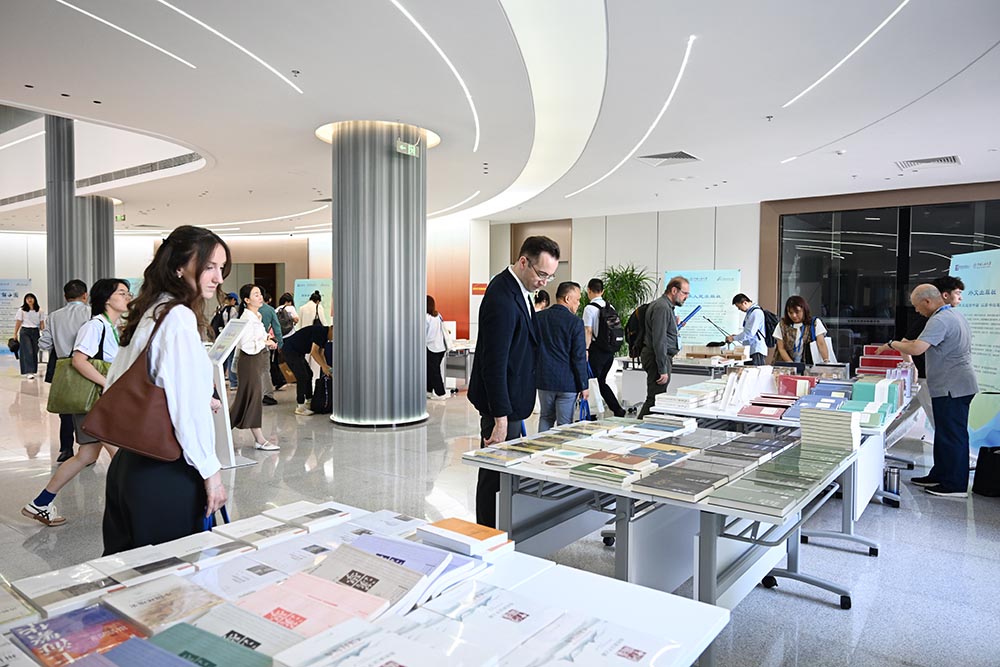
You suggest that when exploring communication between people, it should not be limited to person-to-person, but should also include the level of information circulation. At a time when digitalisation and artificial intelligence are developing rapidly, how can communication between China and the West be achieved through the interaction of digital resources?
Digital technology has many possibilities and can dramatically improve the efficiency and quality of research. For my research, it is crucial to be able to perform full-text database searches of terms in a large number of Chinese and other texts.
In my field of research, I and other colleagues have also contributed to this development. We have developed the Chinese Christian Religious Texts Database (CCT-Database), a reference database of primary and secondary sources on European-Chinese cultural exchanges from the 17th to 18th centuries, covering literature in various cultural fields such as religion, philosophy, science, and the arts, and containing indexes of primary sources such as about 1,050 Chinese texts and 4,000 European printed texts, as well as over 11,000 secondary source Indexes. The database is open access, free of charge and requires no registration. Many Chinese students and researchers also use the database.
China is already at the forefront of digitisation, robotisation and automation, although there is more room for development in the digitisation of culture. For many Chinese scholars and European scholars studying China, textual sources are crucial, but some primary sources of Chinese culture are still more difficult to access.
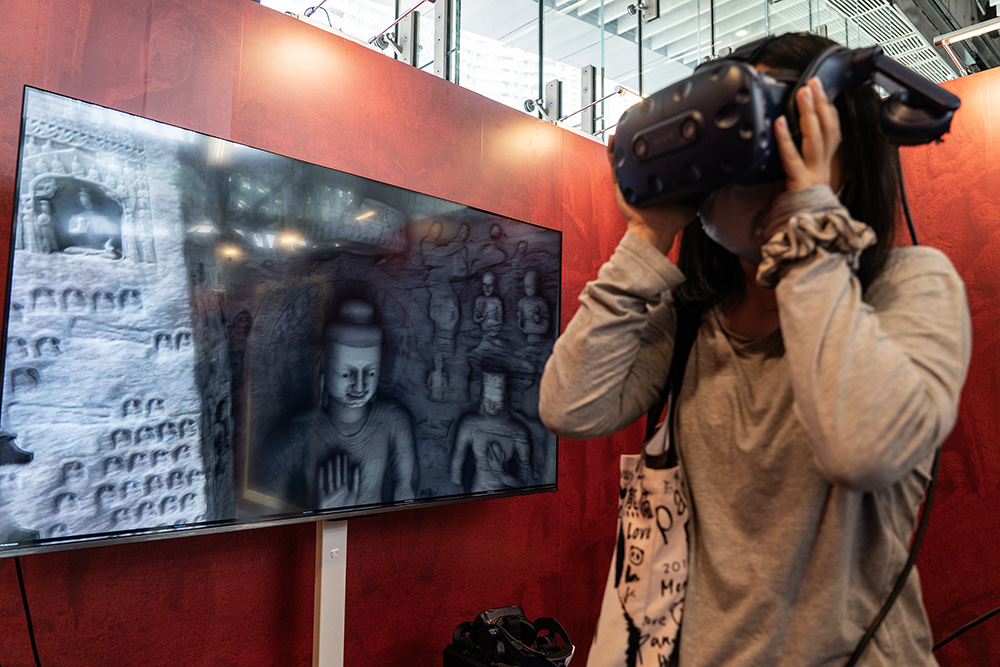
Therefore, the Opinions on Promoting the Implementation of the National Cultural Digitisation Strategy issued by China in 2022 is very timely. This document makes it clear that by the end of the 14th Five-Year Plan period, a cultural digitisation infrastructure and service platform will be basically built to form a cultural service supply system that integrates and interacts with online and offline services and provides three-dimensional coverage. By 2035, a physically distributed, logically linked, fast linking, efficient searching, comprehensive sharing and key integration of the national cultural big data system will be completed, Chinese culture will be presented in a panoramic view, and the results of the digitisation of Chinese culture will be shared to all people, and the outstanding innovations will be renowned both at home and abroad.
As a sinologist, I am very much looking forward to the realisation of the digitisation of Chinese culture, especially the digitisation of historical libraries and archives, which will enable 5,000 years of Chinese civilisation to be better shared in the digital age.
If you liked this article why not read: East Meets West|Nie Jun: From Beijing to Copenhagen, how do foreign readers understand Chinese comics?

